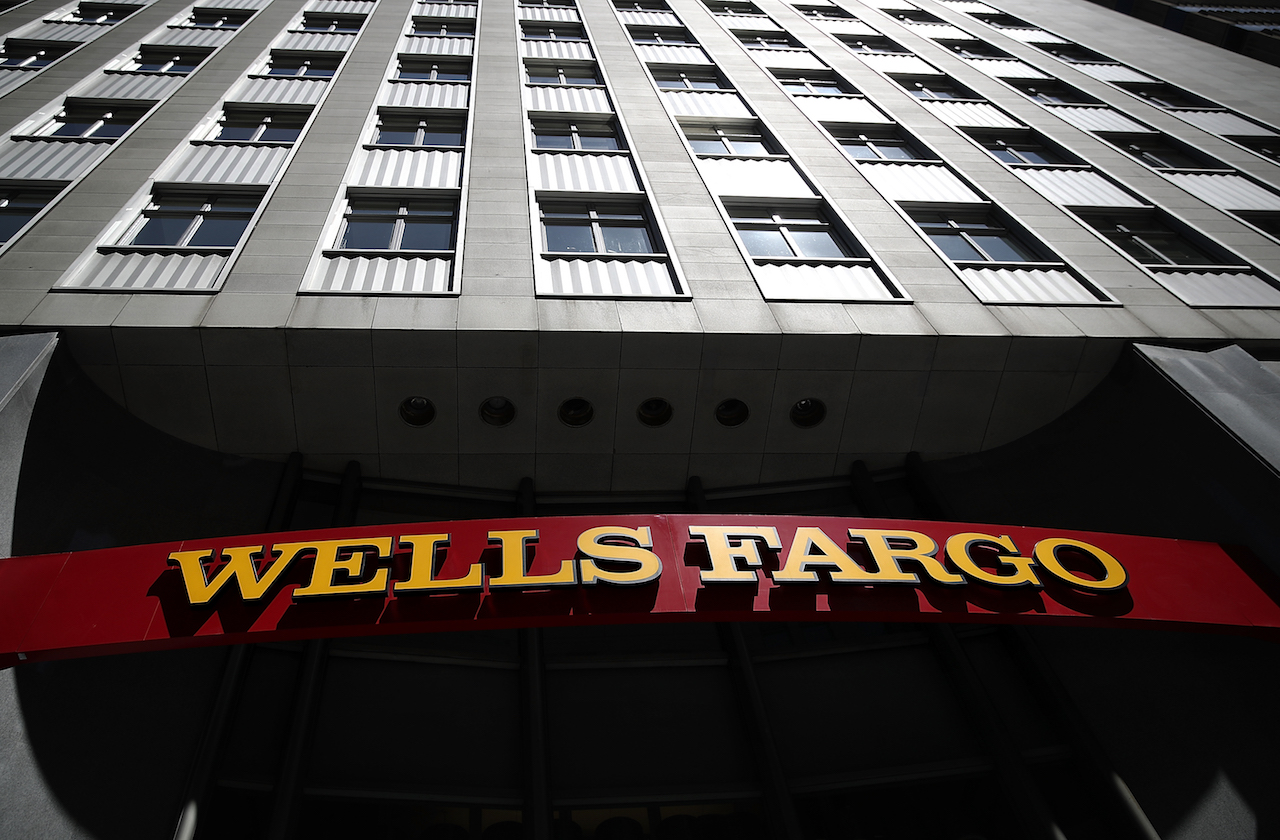A Timeline of the SEC
From the great crash to the flash crash: a timeline of the Securities and Exchange Commission.

The Securities and Exchange Commission is charged with regulating the markets and protecting investors, but the agency's role has varied over its 78-year history. Below, a brief timeline.
1932: Pecora Hearings on Wall Street Abuses
Ferdinand Pecora, a Sicilian immigrant and a former assistant district attorney in New York City, investigates the 1929 stock market crash and its aftermath. Pecora uncovers a range of abusive practices by big banks and their affiliates, fanning the public’s outrage at Wall Street insiders.
1933: Federal Securities Laws Enacted
The Securities Act of 1933, dubbed the “truth in securities law,” requires companies issuing stock to register and to provide a prospectus to potential investors.

Sign up for Kiplinger’s Free E-Newsletters
Profit and prosper with the best of expert advice on investing, taxes, retirement, personal finance and more - straight to your e-mail.
Profit and prosper with the best of expert advice - straight to your e-mail.
1934: Securities Exchange Act
The act creates the Securities and Exchange Commission. President Franklin D. Roosevelt taps notorious stock speculator Joseph Kennedy as its first chairman. Critics call Kennedy a “crook.” In response, FDR is said to have quipped, “Takes one to catch one.” In the end, Kennedy proves a committed watchdog.
1940: Investment Company Act and Investment Advisers Act
The acts govern mutual fund companies and require advisers to register with the SEC and to act as fiduciaries -- that is, in the best interests of their customers.
1975: Fixed Commissions Axed
The SEC eliminates fixed-rate commissions, paving the way for discount brokerage firms and turning many investors into do-it-yourself traders.
1986: Ivan Boesky Arrested
After using inside information on mergers and buyouts to amass $200 million in illegal profits, “Ivan the Terrible” is convicted of violating securities laws, sentenced to three years in prison and fined $100 million. Twenty-three years later, the SEC and New York’s district attorney nab hedge fund billionaire Raj Rajaratnam in a wide-ranging probe.
1987: Black Monday
The market drops 23% on October 19. In response, the SEC introduces “circuit breakers” to halt trading if an index drops or rises too far, too fast. In 2010, the SEC extends circuit breakers to individual stocks.
1999: Congress Repeals Glass-Steagall Act
Lawmakers remove impediments to banks’ engaging in securities activities. Ten years later, with banks reeling from losses in bonds backed by shaky mortgages, former Federal Reserve chairman Paul Volcker proposes to prohibit banks from trading for their own accounts. As of February 2012,the SEC is inundated with 17,000 letters commenting on the plan.
2001: Enron Scandal
The energy giant crumbles after revelations of illegal accounting practices. Shareholders lose more than $11 billion. The SEC puts into effect new accounting regulations after passage of the Sarbanes-Oxley Act.
2007: Subprime Mortgage Collapse
The U.S. real estate bubble explodes, causing a vicious ripple effect through global financial markets. The SEC brings dozens of cases, but suffers a setback in 2011 when a judge rejects a settlement between the SEC and Citigroup over the sale of mortgage-backed securities. The SEC appeals the decision.
2008: Madoff Scandal
Bernard Madoff confesses in December to running the biggest Ponzi scheme in history. The SEC is criticized for not detecting the scheme sooner, and an SEC counsel later faces conflict-of-interest questions in the case.
2009: Mary Schapiro Appointed SEC Chairman
The career regulator becomes the 29th head of the SEC and its first female leader.
2010: Flash Crash
On May 6, the Dow Jones industrial average plunges nearly 1,000 points within a few minutes, then quickly recovers. Despite its brevity, the crash dents the confidence of individual investors and focuses attention on automated trading techniques.
2010: Dodd-Frank Act
Congress passes the Dodd-Frank Wall Street Reform and Consumer Protection Act in response to the 2008 financial crisis. The SEC is saddled with the task of drawing up nearly 100 related rules.
Get Kiplinger Today newsletter — free
Profit and prosper with the best of Kiplinger's advice on investing, taxes, retirement, personal finance and much more. Delivered daily. Enter your email in the box and click Sign Me Up.

Anne Kates Smith brings Wall Street to Main Street, with decades of experience covering investments and personal finance for real people trying to navigate fast-changing markets, preserve financial security or plan for the future. She oversees the magazine's investing coverage, authors Kiplinger’s biannual stock-market outlooks and writes the "Your Mind and Your Money" column, a take on behavioral finance and how investors can get out of their own way. Smith began her journalism career as a writer and columnist for USA Today. Prior to joining Kiplinger, she was a senior editor at U.S. News & World Report and a contributing columnist for TheStreet. Smith is a graduate of St. John's College in Annapolis, Md., the third-oldest college in America.
-
 6 Stunning Waterfront Homes for Sale Around the US
6 Stunning Waterfront Homes for Sale Around the USFrom private peninsulas to lakes, bayous and beyond, Kiplinger's "Listed" series brings you another selection of dream homes for sale on the waterfront.
By Charlotte Gorbold Published
-
 Six Reasons to Disinherit Someone and How to Do It
Six Reasons to Disinherit Someone and How to Do ItWhether you're navigating a second marriage, dealing with an estranged relative or leaving your assets to charity, there are reasons to disinherit someone. Here's how.
By Donna LeValley Published
-
 CPI Report Puts the Kibosh on Rate Cuts: What the Experts Are Saying About Inflation
CPI Report Puts the Kibosh on Rate Cuts: What the Experts Are Saying About InflationCPI Consumer price inflation reared its ugly head to start the year, dashing hopes for the Fed to lower borrowing costs anytime soon.
By Dan Burrows Published
-
 Fed Leaves Rates Unchanged: What the Experts Are Saying
Fed Leaves Rates Unchanged: What the Experts Are SayingFederal Reserve As widely expected, the Federal Open Market Committee took a 'wait-and-see' approach toward borrowing costs.
By Dan Burrows Published
-
 CPI Report Keeps the Fed on Track: What the Experts Are Saying About Inflation
CPI Report Keeps the Fed on Track: What the Experts Are Saying About InflationCPI Disinflation in key areas of consumer prices should help the Federal Reserve stick to its policy path of gradual cuts to interest rates.
By Dan Burrows Published
-
 Why Wells Fargo's Revenue Miss Isn't Worrying Wall Street
Why Wells Fargo's Revenue Miss Isn't Worrying Wall StreetWells Fargo is one of the best S&P 500 stocks Wednesday even after the big bank's top-line miss. Here's what you need to know.
By Joey Solitro Published
-
 Blowout December Jobs Report Puts Rate Cuts on Ice: What the Experts Are Saying
Blowout December Jobs Report Puts Rate Cuts on Ice: What the Experts Are SayingJobs Report The strongest surge in hiring since March keeps the Fed on hold for now.
By Dan Burrows Published
-
 Constellation Energy Stock Soars on Its $26 Billion Buy. Here's Why Wall Street Likes the Deal
Constellation Energy Stock Soars on Its $26 Billion Buy. Here's Why Wall Street Likes the DealConstellation Energy is one of the best S&P 500 stocks Friday after the utility said it will buy Calpine in a cash-and-stock deal valued at $26 billion.
By Joey Solitro Published
-
 Fed Sees Fewer Rate Cuts in 2025: What the Experts Are Saying
Fed Sees Fewer Rate Cuts in 2025: What the Experts Are SayingFederal Reserve The Federal Reserve cut interest rates as expected, but the future path of borrowing costs became more opaque.
By Dan Burrows Published
-
 CPI Report Casts Doubt on Rate Cuts in 2025: What the Experts Are Saying About Inflation
CPI Report Casts Doubt on Rate Cuts in 2025: What the Experts Are Saying About InflationCPI November Consumer Price Index data sealed the deal for a December rate cut, but the outlook for next year is less certain.
By Dan Burrows Published